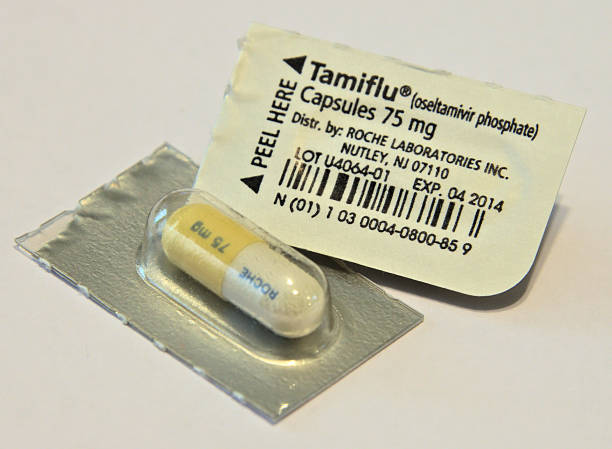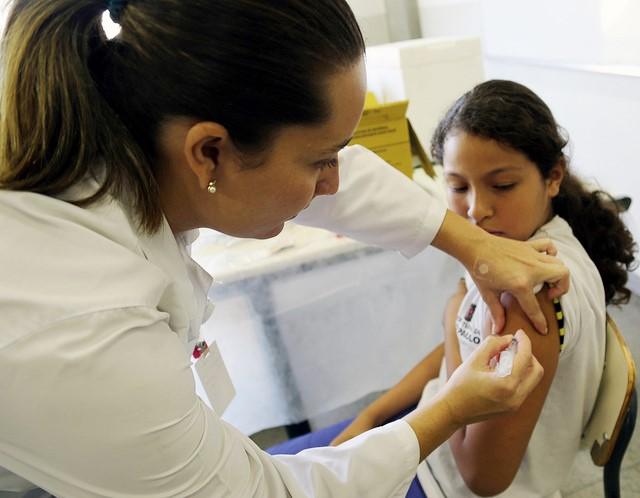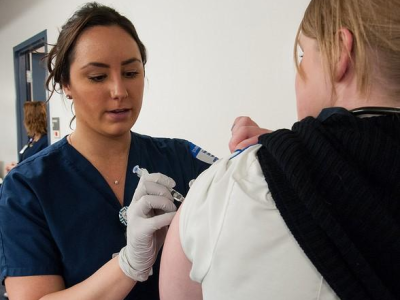
Despite widespread recommendations for use among kids at risk for complications from influenza infection, including children under 5 years and those with certain underlying medical conditions, antivirals were prescribed for only one third of at-risk children, according to a study based on data from the New Vaccine Surveillance Network from 2016 to 2020.
The study was published yesterday in Influenza and Other Respiratory Viruses. It included information on children presenting to the emergency department (ED) with confirmed flu at one of seven pediatric academic centers. Characteristics of children prescribed antivirals were compared to those who were not.
In total, 2,472 children enrolled in the study tested positive for influenza, of which 1,931 (78%) were at high risk for severe flu. Of those at risk, 622 (32%) received an antiviral. Oseltamivir (Tamiflu) was the only antiviral prescribed.
Clinical testing associated with antiviral use
Children prescribed an antiviral had a shorter duration of symptoms (2 days) before presenting to the ED than those not prescribed the drug. Older children were less likely to be prescribed antivirals, and significant differences in prescribing were seen across several states.
The factor most associated with antiviral use was clinical testing. Children who underwent clinical testing for flu had higher odds of being prescribed antivirals than those who did not (adjusted odds ratio, 18.10; 95% confidence interval, 12.97 to 25.25).
Influenza antivirals for children continue to be under-prescribed in the ED, including for children at higher risk of severe influenza.
“Influenza antivirals for children continue to be under-prescribed in the ED, including for children at higher risk of severe influenza,” the authors concluded. “Our study highlights the concerning gap in evidence-based influenza treatment of children in the ED setting, similar to that in hospitalized children with influenza, and underscores the need for implementation research to increase adherence.”













